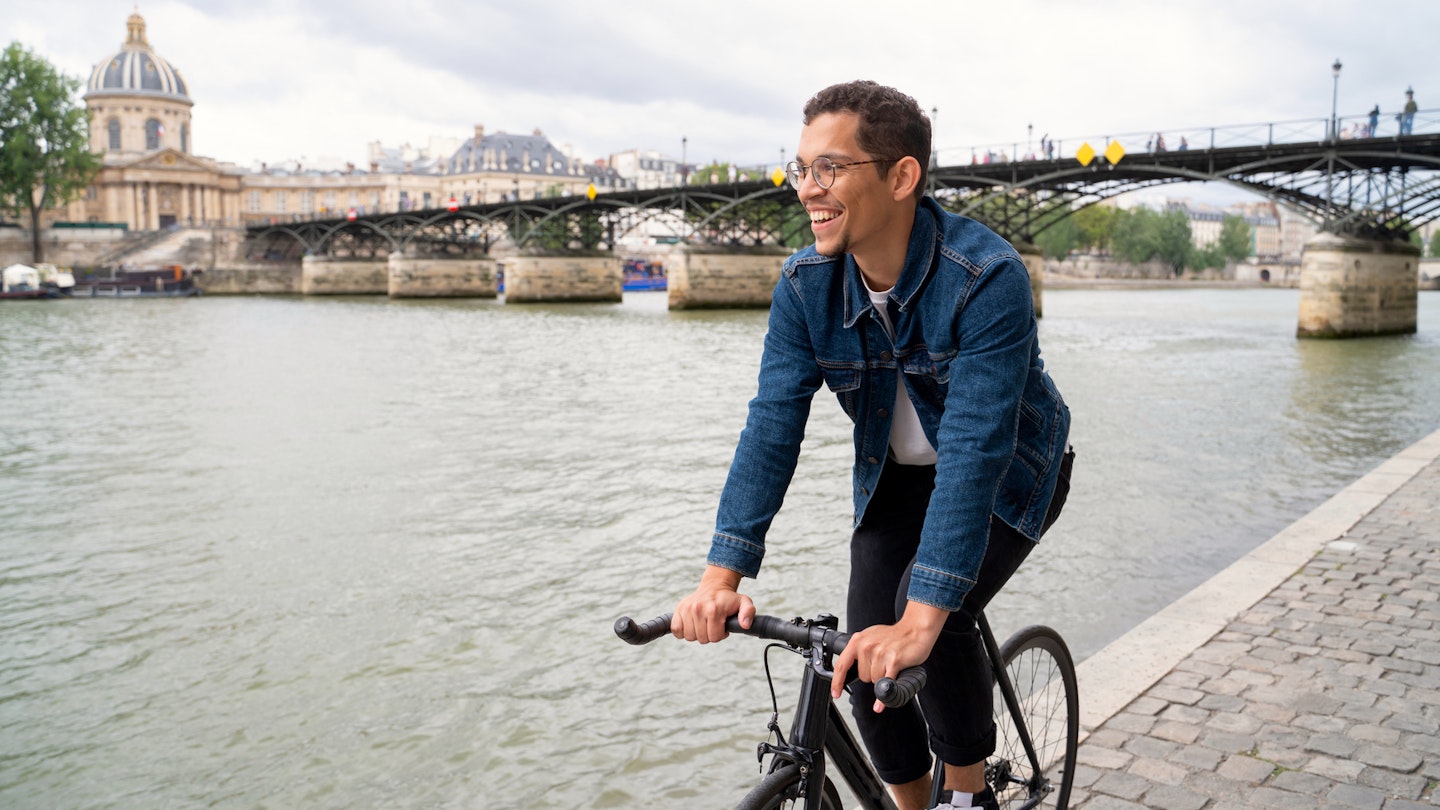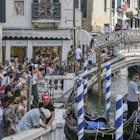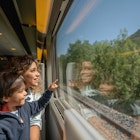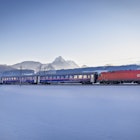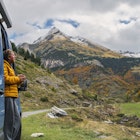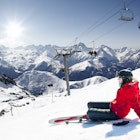The vast majority of visitors to France choose to travel en voiture (by car).
However, while driving is often the most convenient and comfortable way to get around – especially if you want to explore the French countryside – it’s not always the easiest or even cheapest option. The French rail network is superb, and traveling by train is often just as quick as driving, generally very reliable and quite reasonably priced. Better still, you don’t have to worry about parking, traffic, motorway tolls, or any unexpected breakdowns.
Unfortunately, public transport in more rural areas can be patchy. Local buses fill in the gaps the rail network doesn’t reach, but French buses are rarely as reliable or frequent as trains. If you’re looking to explore beyond the larger towns, hiring a car (even if only for a few days) may be the most practical option.
From bike to bus and train to plane, here's everything you need to know about getting around France.

Take the train for an easy trip across France
Traveling around France by train is a joy. France’s state-owned SNCF is one of the best rail networks in Europe – fast, frequent and often very competitively priced, especially if you plan ahead and book in advance.
Practically the whole country is accessible by high-speed TGV (Train à Grande Vitesse) trains, which travel at speeds of up to 300km/h. High-speed lines, or LGVs (Lignes à Grande Vitesse), radiate outwards from Paris like the spokes of a wheel, heading north, east, southeast and southwest. Various spur lines are currently planned or under construction to extend coverage even further.
Unfortunately, while intercity services are fantastic and fast, connections between smaller towns situated on different ‘spokes’ of the network tend to be slower and less frequent. Away from the main lines, trains have to use conventional tracks, which limits their speed.
Alongside the fast TGV network, local services are provided by TER (Transport Express Régional) or Corail trains, which are less flashy and much slower. It’s worth noting that long-distance trains sometimes divide somewhere along the route, with each half of the train heading off to a different destination; check the destination panel on your car as you board, or you could wind up far from where you intended to go.
Buying and collecting train tickets
The easiest way to book train tickets is to buy them online. You need to book well in advance for the best fares. Many train services offer e-tickets, which you can download onto your phone (make sure it’s charged before you travel). If you plan to collect them at the station, you will need to bring the credit card used to make the booking and the reference number for your booking.
Most mainline train stations have automated ticket machines on the concourse where you can purchase tickets and staffed ticket booths where you can buy in person – but note that on-the-day purchases are likely to be more expensive, especially for longer journeys.
Tips for traveling by train in France:
- For the best fares, you need to book as far ahead as possible; check SNCF Connect for fares, train times, and online booking.
- Standard class is very comfortable, but if you book well in advance, you can sometimes get some great deals on First Class too.
If you’re not too fussed about getting from A to B as fast as possible, check out the cheap fares on Ouigo Train Classique, which offers travel between several major cities (for example, Paris to Lyon, Dijon, or Nantes) for a fraction of the regular price.

Explore rural areas of France by bus
Various bus and coach companies compete with the SNCF's rail services, offering cheaper but much slower services between large towns and cities. These include FlixBus and the cross-Europe coach network run by EuroLines.
Buses are widely used for short-distance travel around cities, and within départements (regions), especially in areas with relatively few train lines, such as Brittany and Normandy. These can be a really useful way of getting around in places where rail travel isn’t possible. In some areas, fares are subsidized, enabling you to travel right across the region for a low flat fare.
Unfortunately, bus services in many rural areas are infrequent and slow as their timetables tend to be geared around school times – there is sometimes just one bus in the morning and afternoon, and reduced services (or no services at all) during weekends and school holidays.

Traveling by car
Traveling by car in France gives you exceptional freedom to explore, particularly in rural areas. Mooching along peaceful country lanes, passing vineyards and orchards, is one of France's greatest joys. However, driving in France isn’t always a picnic. In the cities – especially Paris and its surrounds – heavy traffic and finding a place to park can be major headaches. Theft from cars can also be a problem in France, especially in the south.
One option is to hire a car for a short period as you need it, rather than for weeks at a time. Many larger train stations have car-hire agencies, so it's possible to combine train and car travel by picking up a rental partway through your journey. Inevitably though, shorter hire periods tend to attract higher rates.
It’s worth brushing up on French road rules before you go as there are some peculiarities that take some getting used to – particularly the priorité à droite rule, which requires you to give way to approaching cars from the right. Speed cameras are increasingly common, as are radar traps and unmarked police vehicles.
Sociétés d'Autoroutes and Bison Futé are good sources of information on traffic conditions, rest stops and service stations. Plot your route and calculate toll costs with an online mapping site such as Via Michelin. There are four types of intercity roads:
- Autoroutes (with names beginning with A) are multi-lane divided highways that charge tolls (péages) except near Calais and Lille. The further you travel, the more you pay. It’s possible to pay via credit card or cash at toll stations. If you’re doing loads of autoroute driving, you could also consider getting an automatic toll pass (such as the ones provided by Bip&Go or Eurotunnel & Emovis) which will charge you automatically as you pass through. Tolls are cheaper for motorcyclists, and more costly for cars towing caravans.
- Routes Nationales (N or RN) are national highways with divider strips on some sections. They often run alongside or close to autoroutes and pass through main towns – they’re slower but toll-free.
- Routes Départementales (D) are local highways and roads.
- Routes Communales (C, V) are minor rural roads.
Paying autoroute tolls
When driving on French autoroutes, you are charged for the distance you travel. When you join the motorway, you will be given a paper ticket at the automated toll booth. When you exit, you need to insert the same ticket into another toll booth (or give it to the toll attendant), and the relevant fee will be displayed, which you can pay by cash or credit card.
Different autoroutes charge different amounts per kilometer (you can calculate fees at autoroutes.fr). Note that you need to choose the right lane when you exit the motorway – some lanes are automated, others have attendants, and some are reserved for frequent users with automated Liber-T passes. Don’t enter one of the lanes marked by a big orange ‘T’ unless you have a pass; look out for green arrows, or a picture of cash or a credit card, and you should be okay.
Car parking in France
Parking in French towns and cities can be a real pain. Assuming you manage to find a space, you will nearly always have to pay for on-street parking – look out for white markings on the street that say payant. There is usually a parking meter nearby that accepts cash and sometimes credit cards. Chargeable hours are generally 9am to noon and 2pm to 5pm or 6pm, but this does vary (times will be indicated on the parking meter).
The alternative is to park in a public car park. While these are easy to find, they can be very pricey, especially in larger towns and cities. Usually, you collect a ticket on entry, pay the fee at an automated machine when you want to leave, and then insert the ticket at the exit barrier.
Don’t expect to be able to pay at the barrier when you leave, because you won’t be able to. It can be somewhat embarrassing to get stuck there with a long queue of drivers lined up behind you beeping their horns, who then have to back up to let you back out.
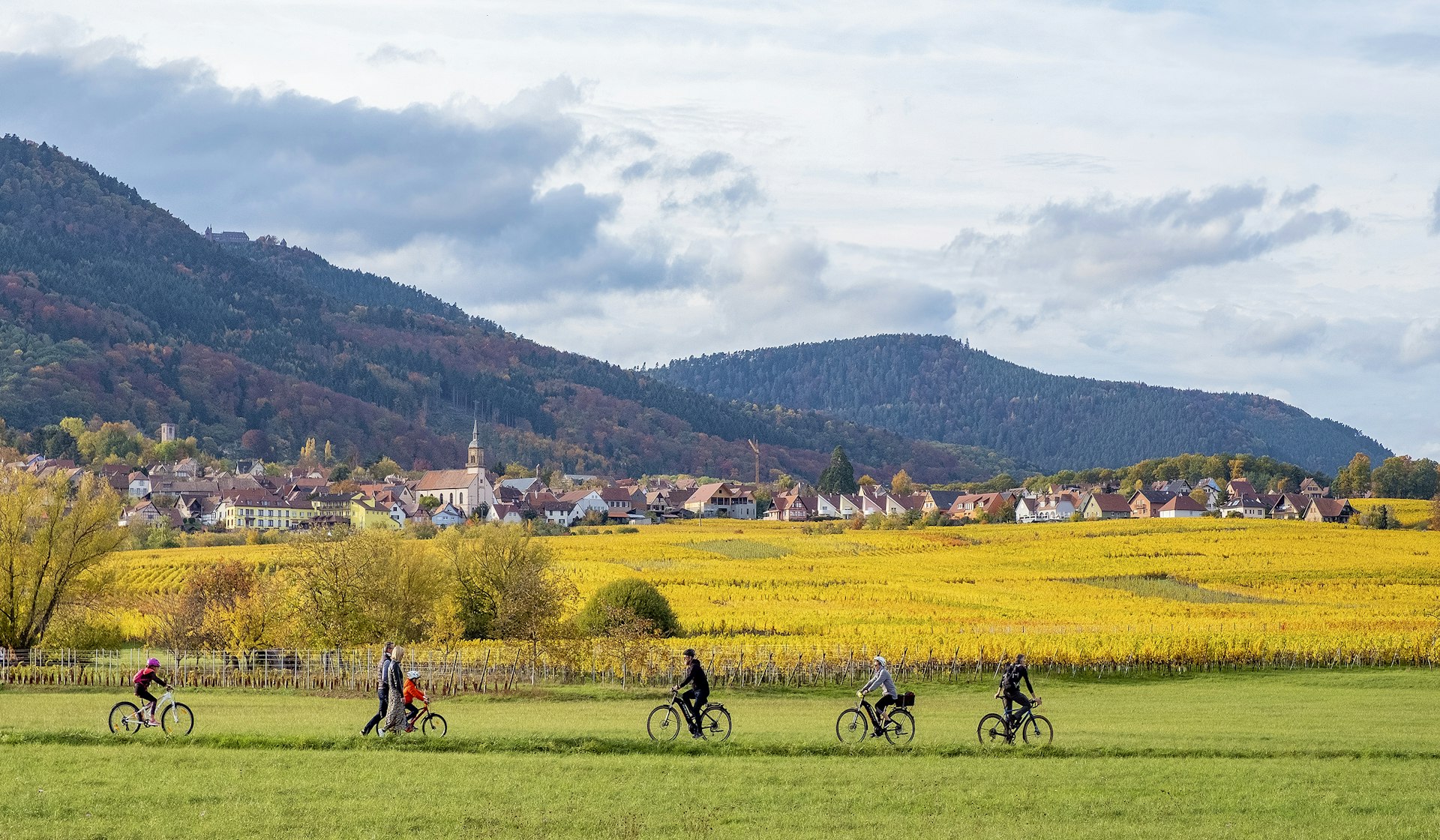
Explore the countryside by bike
France is superb for cycling. The countryside is gorgeous, and the country has a growing number of urban and rural bike paths and bike lanes (known as pistes cyclables) and greenways (known as voices vertes) that make for lovely, traffic-free cycling. Vélos électriques (electric bicycles) are increasingly popular too, with lots of rental companies setting up shop.
Certain regions – the Loire Valley, the Luberon in Provence, and Burgundy – are particularly well set up for exploring on two wheels, with dedicated cycling paths, some along canal towpaths or weaving between orchards and vineyards. Note, however, that France isn’t always flat – you may well have to tackle some hills en route, though hopefully nothing that’s likely to feature in the Tour de France.
Catch a ferry to the islands
There are regular ferry services to several French ports (including Calais, Cherbourg, Roscoff, Le Havre, Brest and others). Boats also connect the French mainland with offshore islands, the Channel Islands, and Corsica (which is served by frequent ferries from Nice, Toulon and Marseille).
Another option is to cruise along France's canals and rivers in a rented houseboat – the Canal du Midi and the Loire are both popular options. It’s a delightful, peaceful way to explore, allowing you the freedom to stop to pick up supplies, dine at a village restaurant or check out a local château by bicycle.
Changes in altitude are taken care of by a system of écluses (locks). Boats generally accommodate two to 12 passengers and are kitted out with bedding and cooking facilities. France Afloat is a reliable rental agency and canal boat specialist.
Only fly in France if you really need to
France's fast, comprehensive rail network means that train travel between Paris and most major French cities is nearly always faster and easier than flying – especially once you factor in extra time for traveling to the airport, getting through security and making connections. Even traveling from Paris to the south or southwest of France is nearly always more swift by train.
The exception is where you want to travel between cities located on different ‘spokes’ of the TGV network, for example Lyon to Nantes or Strasbourg to Nice, though some flights connect through Paris in any case. If you want to get to Corsica, flying is faster and more convenient than the ferry – unless you want to take your own car.
It’s worth noting that smaller airports (notably Paris Beauvais, which is used by many budget airlines) are often located some distance from the city center. While there is normally some form of bus or rail link to get you into town, it adds extra time and cost.
Air France, including its subsidiary Air France Hop, operates the lion's share of France's domestic flights. Budget carriers offering flights within France include Air Corsica, EasyJet, Twin Jet and Volotea.
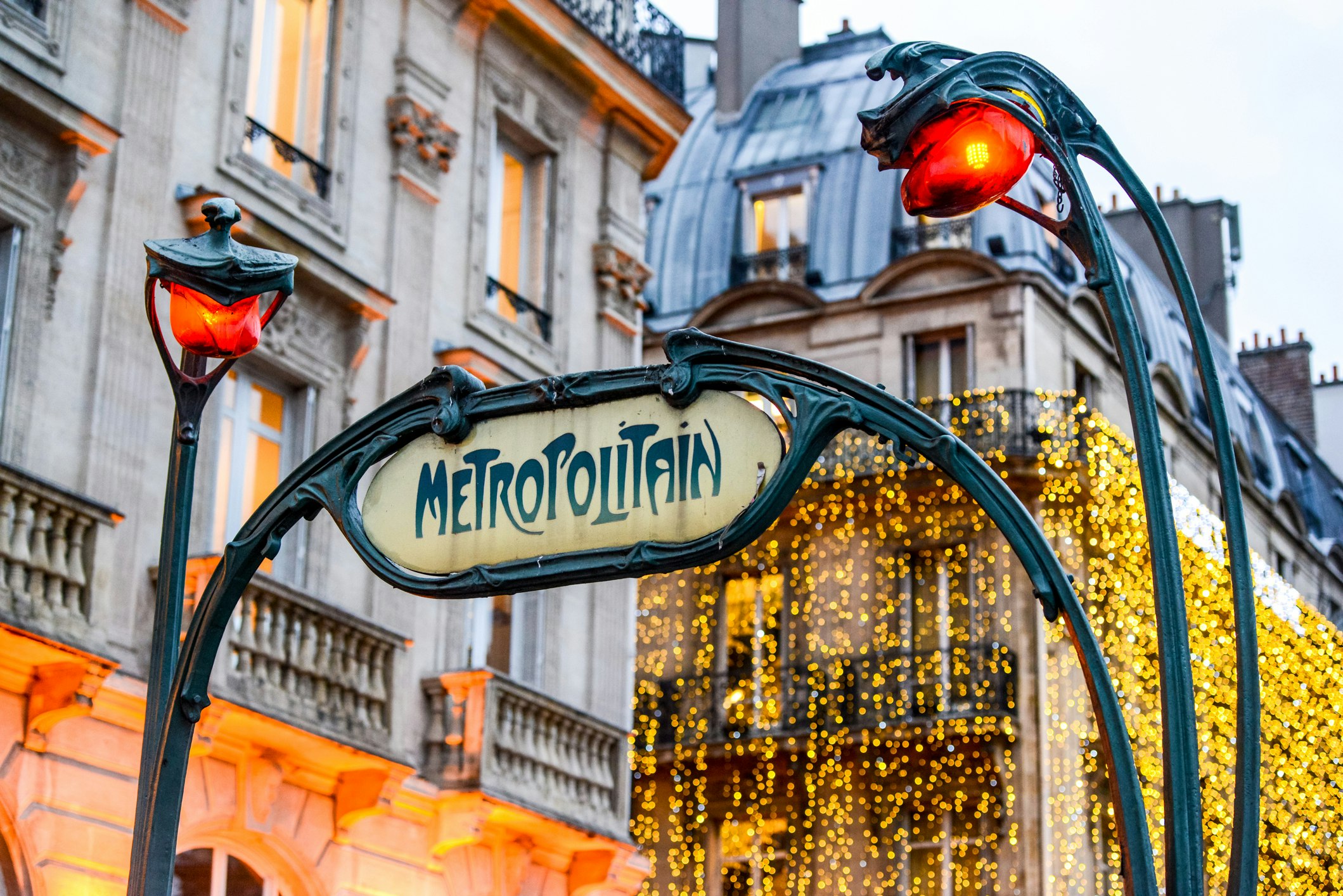
Public transport in cities is inexpensive and frequent
France's urban transport systems use a combination of métros (underground/subway systems), trams and buses (Paris also has plans for a shiny new cable car). Usually, systems are integrated, so you only have to buy one ticket to get wherever you want to go, with changes to other forms of transport covered by the same ticket. Always remember to composter (validate) the ticket before or immediately after boarding, especially if you intend to use it later on to transfer.
A single ticket is known as a billet à l'unité. You can also purchase a carnet (booklet or bunch) of 10 tickets or a pass journée (all-day pass). Note that tram drivers (and some bus drivers) do not sell tickets, so you may need to buy one before you board from a machine at the stop.
Paris' public-transport network is increasingly trying to transition over to a paperless system. The old paper carnets are being replaced by credit-card style Navigo Passes, and on some buses, you can buy your ticket by SMS.
Taxis are convenient but often expensive in France
All medium and large train stations – and many smaller ones – have a taxi rank out the front. If there are no cabs parked, you'll need to phone to order one; look for a posted phone number. Cabs can also be ordered online in many cities via G7 (or their app), and rideshares are easily summoned through Uber.
In small cities and towns, where taxi drivers are unlikely to find another fare where they let you off, one-way and return trips often cost the same. Tariffs are about 30% higher at night and on Sundays and holidays. You'll usually have to pay a surcharge if you're picked up at a train station or airport, and there's a small additional fee for a fourth passenger and sometimes for suitcases.
Accessible transportation in France
France presents constant challenges for visiteurs à mobilité réduite (visitors with reduced mobility) and visiteurs handicapés (visitors with disabilities), from cobblestones and sidewalks crowded with cafe tables to a lack of curb ramps – but the French government is making significant strides in improving the situation.
The Paris metro, parts of it built more than a century ago, is not good for wheelchair users. Line 14 was built to be wheelchair-accessible, although in reality, it remains challenging to navigate. Paris buses, however, are 100% accessible. Specialist operator G7 has vehicles specially adapted to carry wheelchairs and drivers trained in helping passengers with disabilities.
Countrywide, many SNCF train carriages are accessible to people with disabilities – although it’s always worth asking ahead to make sure the help you need will be available on the train you wish to travel on. If you use a wheelchair, you and a person accompanying you may qualify for discounts.
